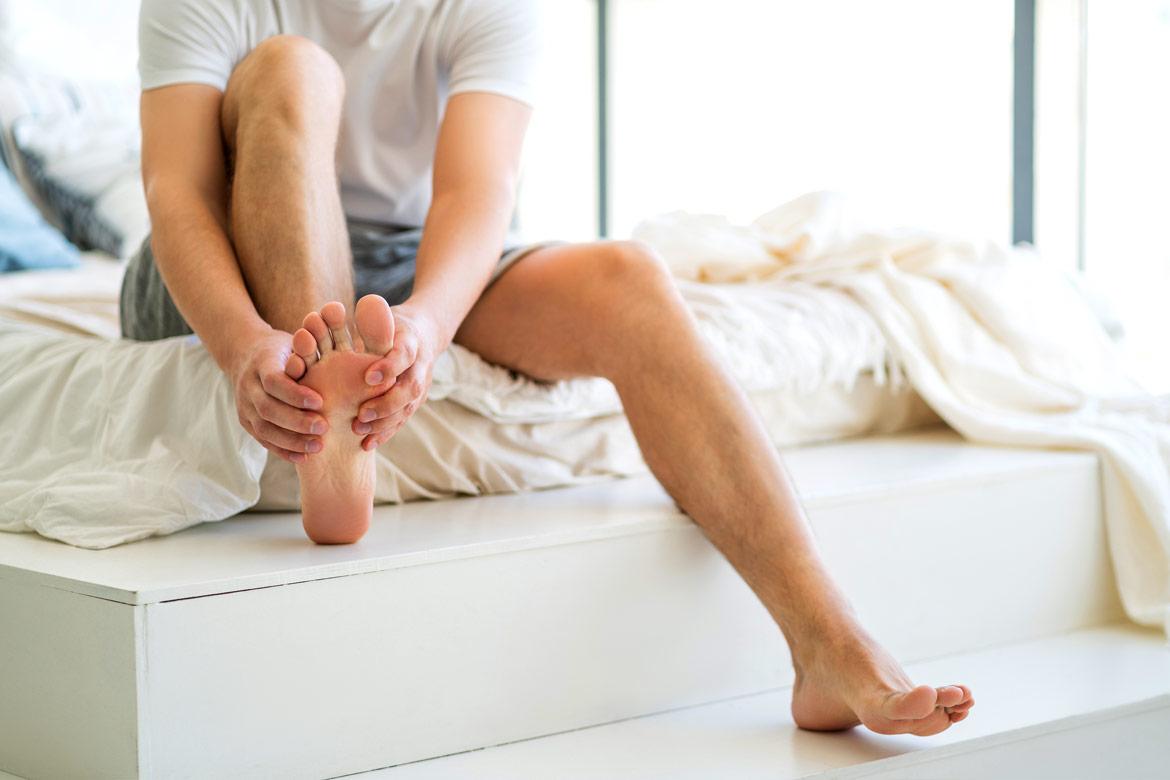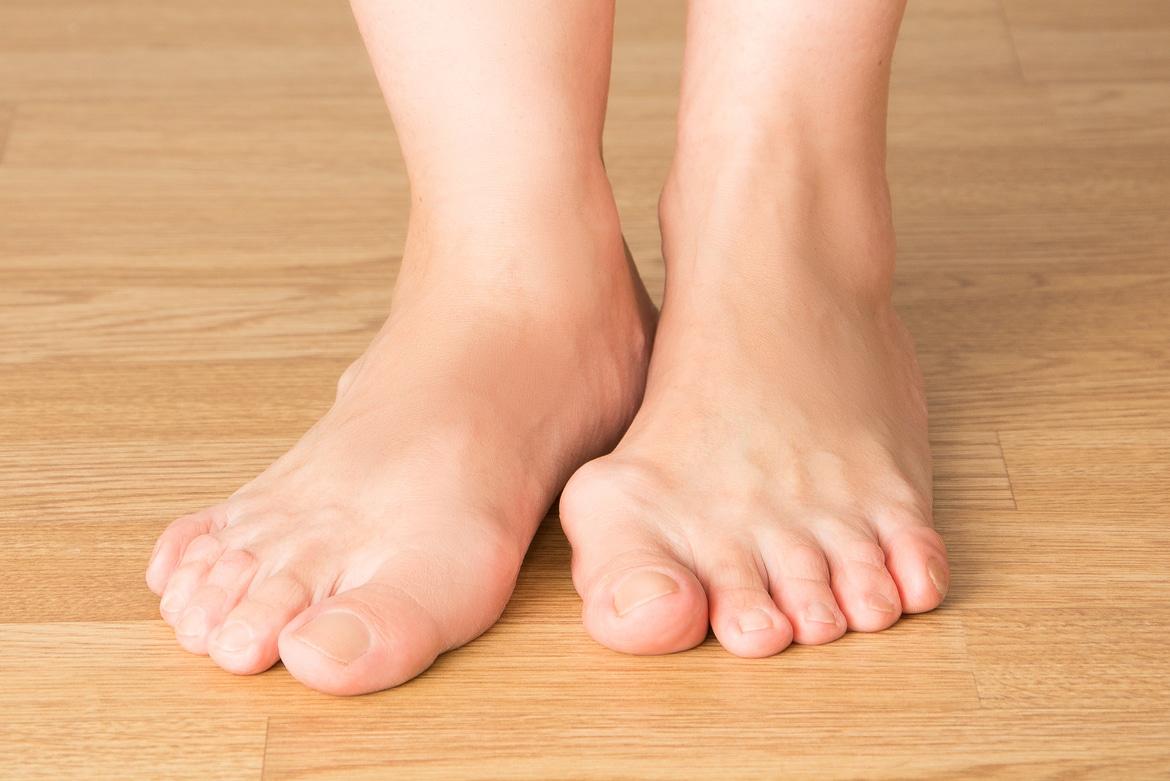-
-
Featured Care Areas

Slipped Capital Femoral Epiphysis
How is slipped capital femoral epiphysis diagnosed?
Early diagnosis of SCFE is important to help prevent pain and potential complications.
In order to diagnose SCFE, your doctor will need to review your health and medical history, and conduct a physical examination to look for:
- Pain when your affected leg is rotated
- A limited range of hip motion
- Muscle spasms
- Limping
- An abnormal gait or way of walking
Imaging scans such as magnetic resonance imaging (MRI) or X-rays of the pelvic, hip and thigh bones will also help your doctor confirm the diagnosis.
How is slipped capital femoral epiphysis treated?
Early diagnosis and treatment offer the best chance for successful treatment.
Treatment for SCFE aims to stabilise the hip and prevent the head of the thigh bone from slipping any further. This is normally accomplished through surgery, which is often performed shortly after diagnosis. While waiting for surgery, you should reduce the use of your legs as much as possible.
The type and severity of the SCFE will determine the appropriate surgical procedure, which includes the following:
In-situ fixation
In this surgery, a small incision will be made near your hip to allow your doctor to insert a metal screw through your femur and across your growth plate. This will help to keep the rounded head of your thigh bone (femur) in position as well as fuse or close your growth plate, preventing further slippage.
Open reduction
An open reduction is performed on patients with more severe cases of deformity.
An incision will be made in your hip, allowing your doctor to move the head of your thigh bone into its correct position.
To hold it in place, metal screws will be inserted to keep your bone in place until your growth plate closes. Compared to an in-situ fixation, open reduction is more extensive and requires a longer recovery time.
In-situ fixation in the opposite hip
If you face a higher risk of developing SCFE in your other hip, your doctor may recommend an in-situ fixation on your unaffected hip as well.
Recovery time will vary according to the severity of the condition and the type of procedure that was performed.
Post-surgery, you should expect to use crutches or a wheelchair for at least 6 weeks. Physiotherapy will also be recommended to help strengthen your leg and hip muscles, and improve range of movement.
Follow-up visits, which may include X-rays, are important to help monitor your healing process, detect possible complications, and allow discussions on when normal activities such as sports may be resumed.
This page has been reviewed by our medical content reviewers.
Need help?
For enquiries, please call
+65 6377 3737
For appointment bookings, please WhatsApp
+65 8111 3777








